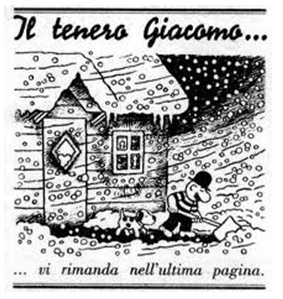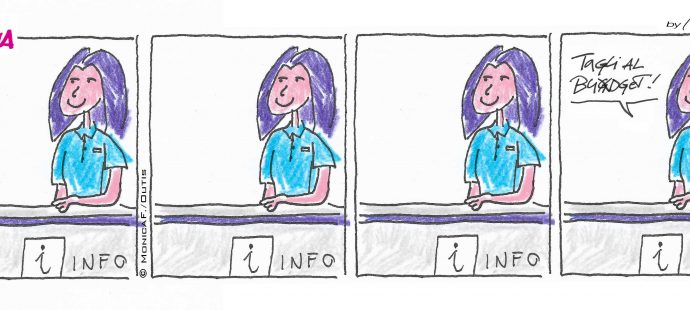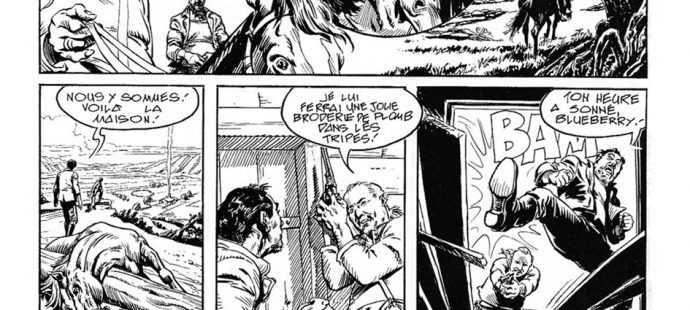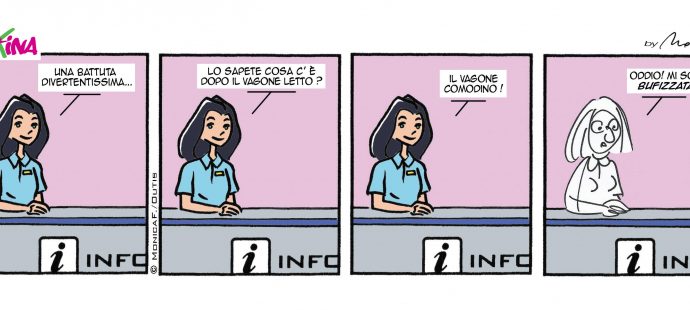
C’era una volta…il tenero Giacomo
C’era una volta…il tenero Giacomo Il tenero Giacomo, ( nome originale Der kleine Herr Jakobun) era (e lo è ancora in molti volumetti di raccolta) un simpatico omino con baffi ...

C’era una volta…il tenero Giacomo Il tenero Giacomo, ( nome originale Der kleine Herr Jakobun) era (e lo è ancora in molti volumetti di raccolta) un simpatico omino con baffi ...

Born today Filiberto Scarpelli first italian cartoonist Filiberto Scarpelli (Napoli, 29 giugno 1870 – Roma, 20 agosto 1933) Fratello più giovane di Tancredi Scarpelli, sarà giornalista, disegnatore satirico, illustratore serio ...

Xtina Sunday comic strip Centered on the life of Xtina, in her work as assistant in a Museum, Xtina’s chronicles the daily challenges of a worker. At work, we follow ...

How many are the Blueberry spin-offs ? Blueberry is a Western comic series created in the Franco-Belgian bandes dessinées (BD) tradition by the Belgian scriptwriter Jean-Michel Charlier and French comics ...

Born today Alfredo Castelli (26 June 1947, Italy) Alfredo Castelli was born in Milan, Italy in 1947. He started his career in comics in 1965, when he became an ...